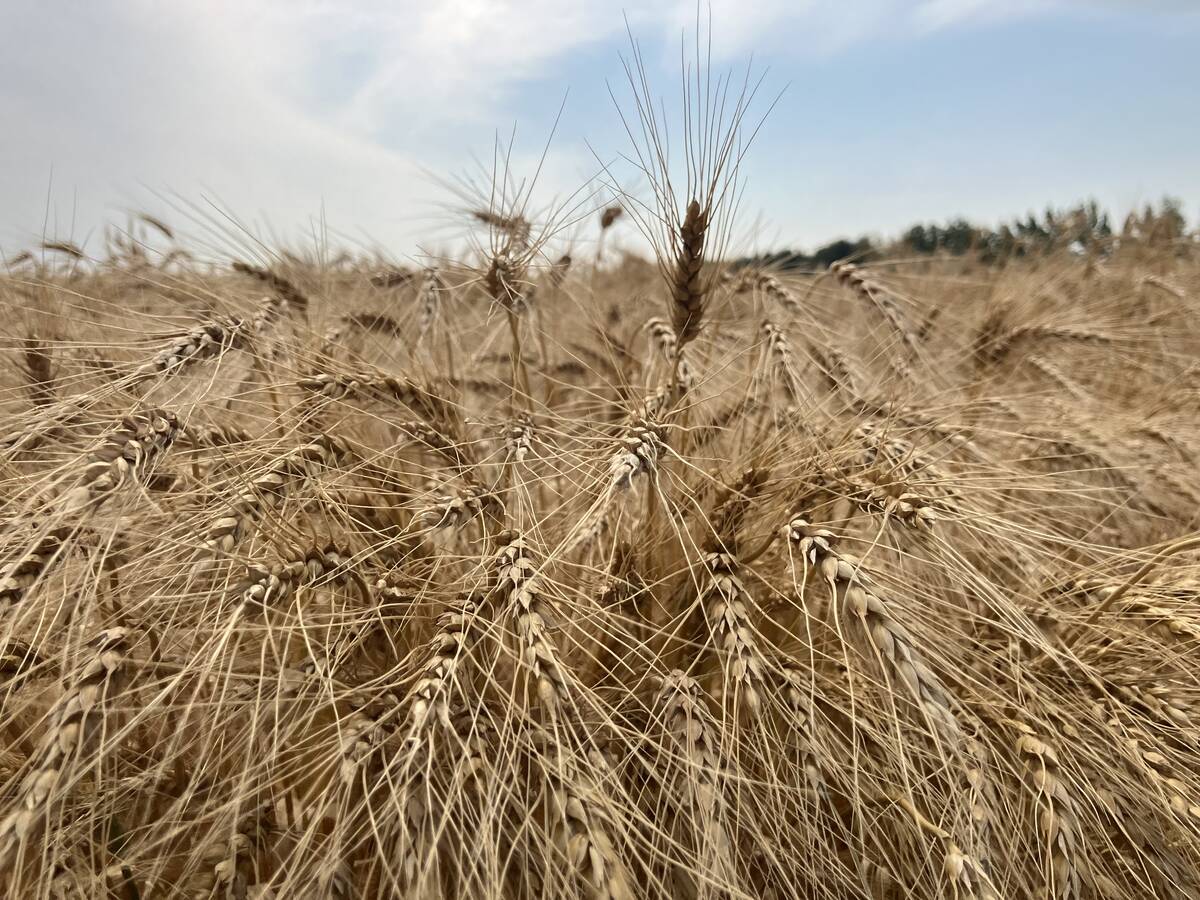Large crop compounds problem | Ships lined up at Brazil’s ports
Brazil’s soybean crop is just starting to come off and already there is congestion at the ports.
The world is relying on what is forecast to be a record Brazilian soybean harvest to make up for last year’s drought-ravaged crops in South America and the United States.
But getting it to market could be problematic.
“They have a long history of having inadequate port handling capacity,” said professor Bill Wilson of North Dakota State University.
“It is probably compounded this year because their crop is bigger than previously expected.”
Read Also

Wheat losses expected
many farmers won’t make a profit growing spring wheat this year, but there should be good demand for high protein, high quality wheat.
The U.S. Department of Agriculture forecasts Brazil to harvest a record 82.5 million tonnes of soybeans, up 24 percent from last year’s production. It is expected to export 38.4 million tonnes of the oilseed, up from 36.3 million last year.
That would make Brazil the world’s largest producer and exporter of soybeans in a year when buyers are scrambling to get their hands on supplies.
There is already starting to be a backlog of eager importers in Paranagua and Santos, two ports responsible for 80 percent of Brazil’s soybean export program.
As of Feb. 4 there were 41 ships anchored at those ports and another 165 on the way, which is a much higher volume of ships than those ports have seen the previous two harvest periods.
Wilson said part of the problem is that exporters are eager to sell crops now because prices are expected to be lower later in the year. As well, buyers are desperate for product after a year of disappointing corn and soybean production.
“We have a serious inverse between old crop and new crop and so there is a pent-up demand for nearby shipping,” he said.
Brazil will be the main supplier of soybeans until Argentina starts exporting its crop. The peak shipping period will be March and April and then demand will gradually shift to Argentina.
Analysts believe there will be lineups of up to 45 days at Brazil’s key ports. Ship owners pay demurrage of $15,000 to $50,000 per day for every day they’re in port past the scheduled pickup, which could be 20 to 30 days in this case.
“That’s a huge amount of money that’s being held up there. Ultimately that’s not going to come out of the pocket of the traders, that’s going to come out of the pocket of the growers in Brazil and it’s going to knock down their harvest time prices,” said Wilson.
A grower in the centre of Mato Grasso, the state where most of Brazil’s soybeans are produced, pays $3 per bushel to get his crop to port. That compares to $1.64 per bu. for a grower in a comparable origin of the United States, such as Jamestown, North Dakota.
Port congestion will add to those already high shipping costs.
It will also affect other grain exporting regions of the world.
“I suspect that it’s going to increase demand for North American crops because of our ability to ship more readily and assuredly,” said Wilson.
He thinks Brazil’s mounting logistical problems could boost prices for U.S. soybeans and Canadian canola until the congestion is mitigated in May and June, when buyers increasingly turn their attention to Argentina.
Brazil was ranked 108th out of 112 countries for the quality of its port infrastructure in a recent report released by the country’s National Transport Confederation.
Wilson saidBrazil is taking steps to move up the rankings. It has allocated $60 billion to fix the problem, including $31 billion that will be spent over the next three years reducing bottlenecks, which is 10 times the investment in public ports over the last decade.
One massive project involves paving BR 163, an 1,800 kilometre dirt and mud highway in northern Brazil and replacing 49 of its 51 bridges.
The revamped road will give farmers access to northern ports via the Amazon River, where their soybeans can be shipped to the European Union and to Asia via the Panama Canal.
Wilson said it will lead to increased soybean production in northern Brazil and better export competitiveness in those markets.
“They’d have the ability by 2020 to increase their rate of (soybean) exports by about eight to 10 million tonnes,” he said in an earlier presentation he gave on the same subject at the DTN/The Progressive Farmer Ag Summit 2012.















